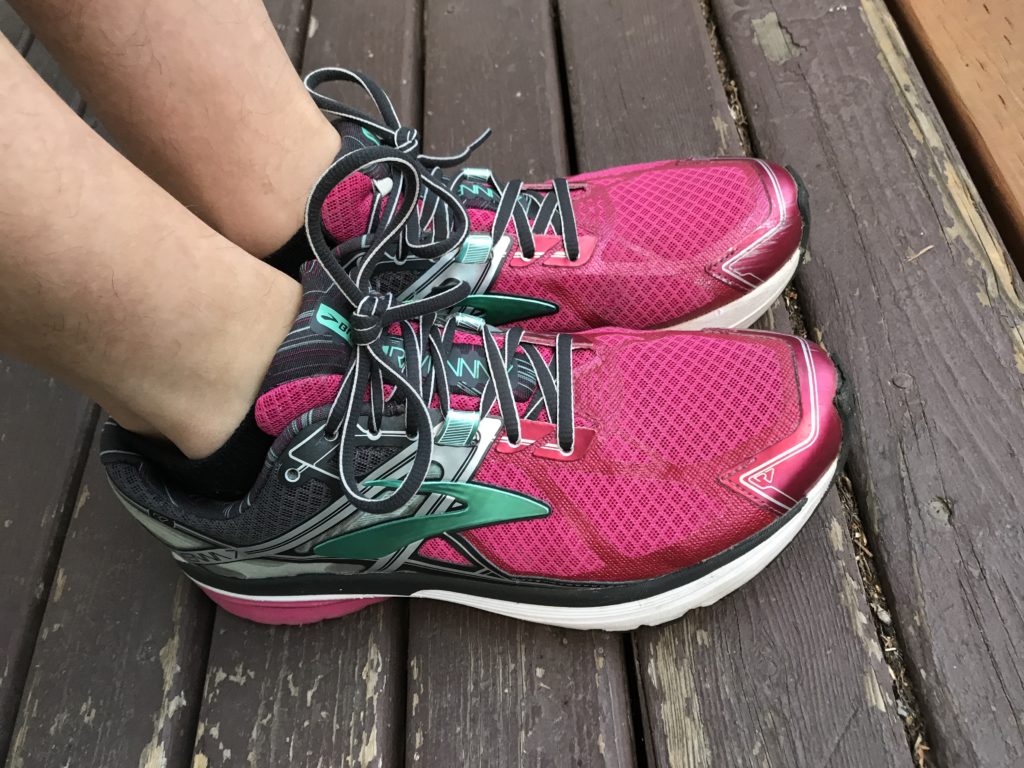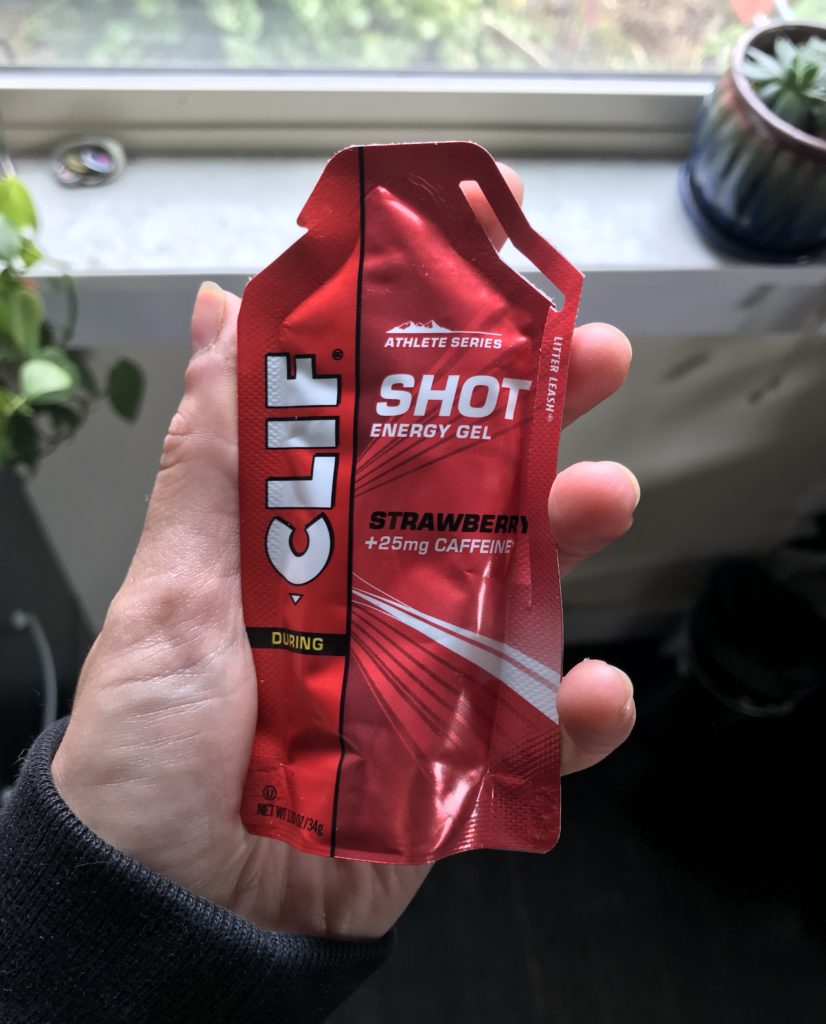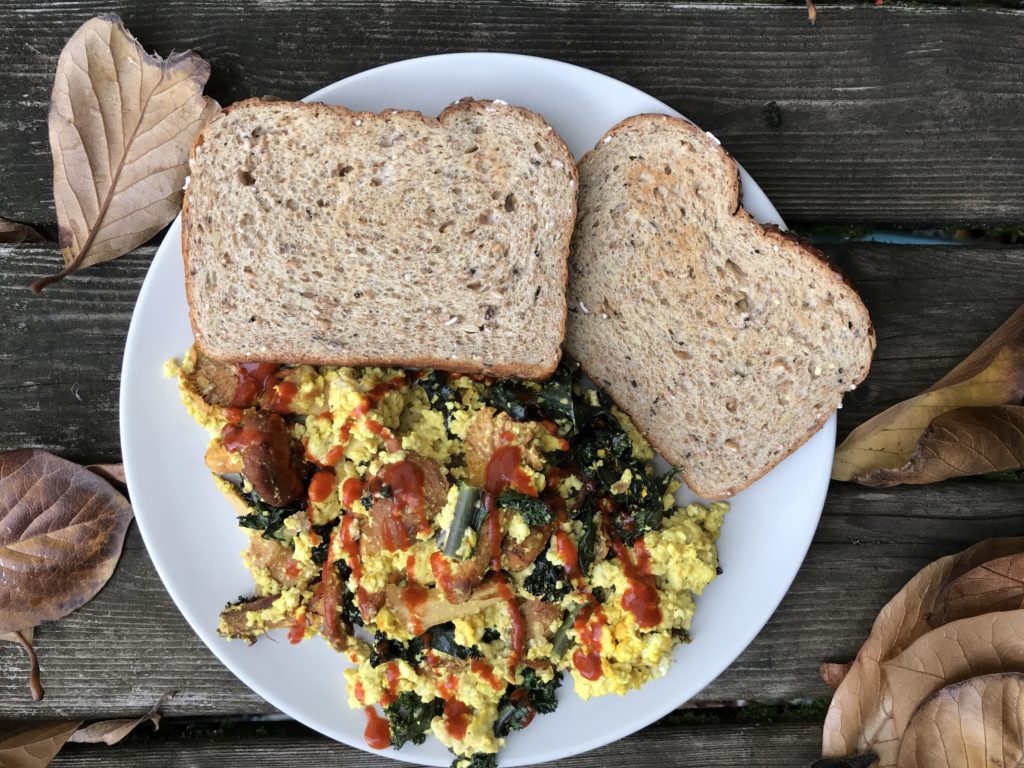Seattle Marathon: Part 1

For the past four months, I have been training for a marathon. But it wasn’t clear if I would actually finish it this time, since I’ve had a few depressive episodes. Somehow, I kept at it, doing most of my long runs and other workouts in between. I just went through peak marathon training, where long runs reach up to 20 miles.
Those weeks entailed running 40 miles a week. At one point, I had a cold, so I took the whole week off. I don’t recommend running with a cold.
This will be my third marathon. My first marathon was in 2008. I trained with a team, which definitely helped me get through the finish line. My exact thoughts were, “oh, thank god that’s over–I’m never doing that again.”
I didn’t run another until 8 years later. In 2015, I was just beginning therapy, and it was a difficult time. My friend suggested running a second marathon. I scoffed at the idea, expressing how terrible it sounded. He shrugged and said, “Well, it would help you combat resistance in the mind, which is what you need right now.”
I dismissed the idea, but it kept recurring. So, on a whim six months later, I signed up for another race. I researched training programs until I found one that looked the most familiar from the first time. Hal Higdon’s training programs are foolproof. It got me through my second full marathon.

I recently swapped out a pair of shoes. When I was 20, I visited my old coach’s running store, where he observed my running form and gave recommendations on an optimal pair of shoes to reduce my chances of getting shin splints. Now I swear by the Brooks Ravenna shoes and have been running with those ever since. I put in Spenco inserts, in order to add additional support to my arches.

During my long runs, I consume Clif Shots, followed by water. It gives a little bit of extra fuel to keep me going. These particular ones taste like strawberry pudding!
However, an injury has come up recently, three weeks before the actual marathon. Around mile 14 of one of the 20-mile long runs, it started to creep up, slowing my pace down to an agonizing 12-minute mile. By the time I reached my house, my left leg was practically paralyzed. I tend to override my body’s requests for rest, but this is the kind of pain that stops you dead in your tracks; the kind that forces you to muster up the last bit of strength you have, in order to hop on one foot up the stairs to the front door. I made it back safely, but it raises concern how I will complete the race if the pain keeps up.
I’ve had injuries before, but never this close to the event. Fortunately, now that I’ve gotten past peak training, it’s tapering. That means running less so that my body has a chance to heal. I bought a knee brace, and the compression seems to help some. I told myself that it’s okay if my time isn’t very good–the most important thing is that I finish this race.

As far as food goes, it has gotten to the point where I’m consuming 4,000 calories a day and still losing a little bit of weight. I don’t recommend weight loss when marathon training, but sometimes it’s inevitable.

The race is in a week. Training may have felt a little less strong this time, but what really matters the most is finishing. I got this.
Leave a comment